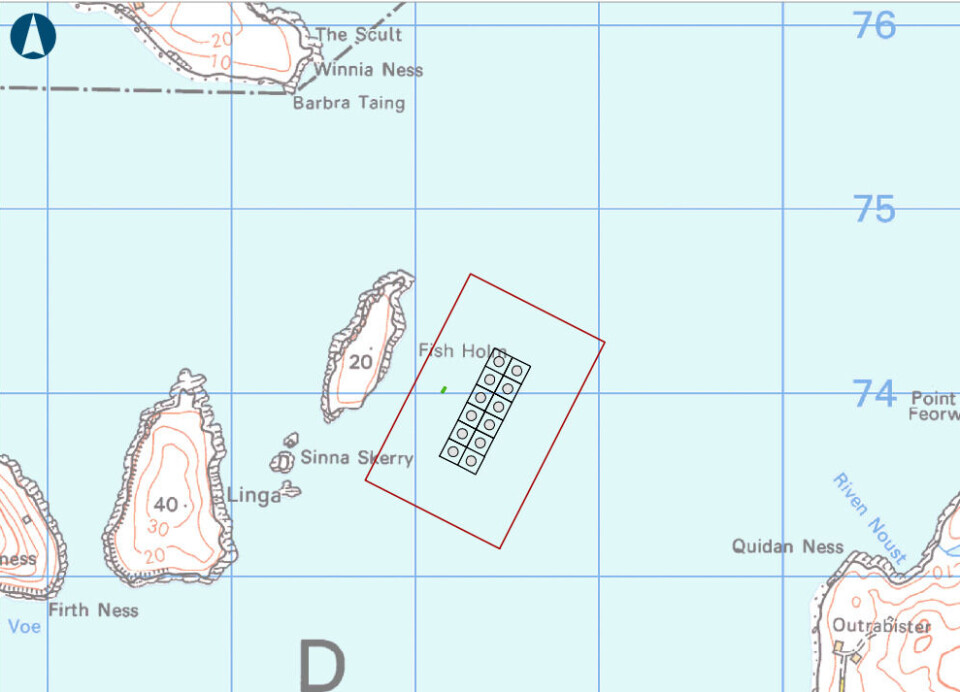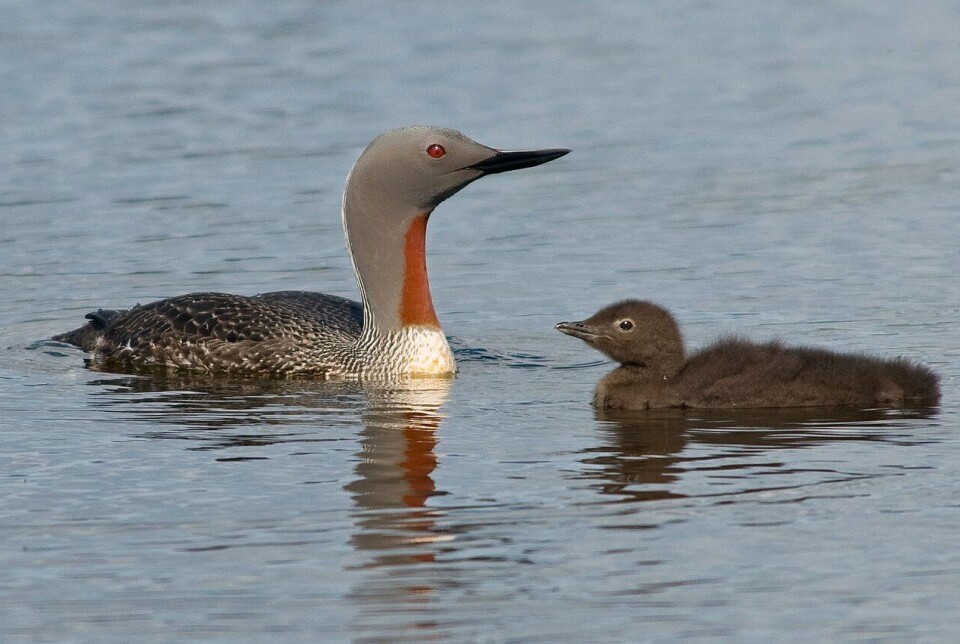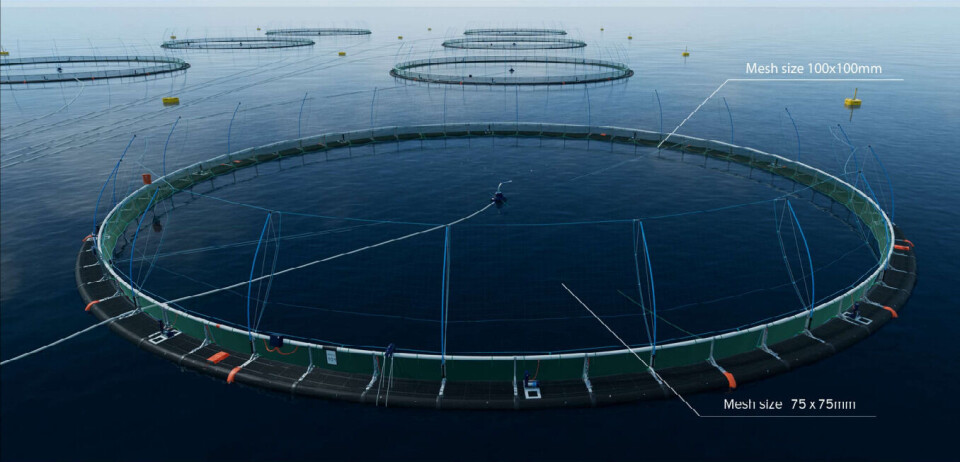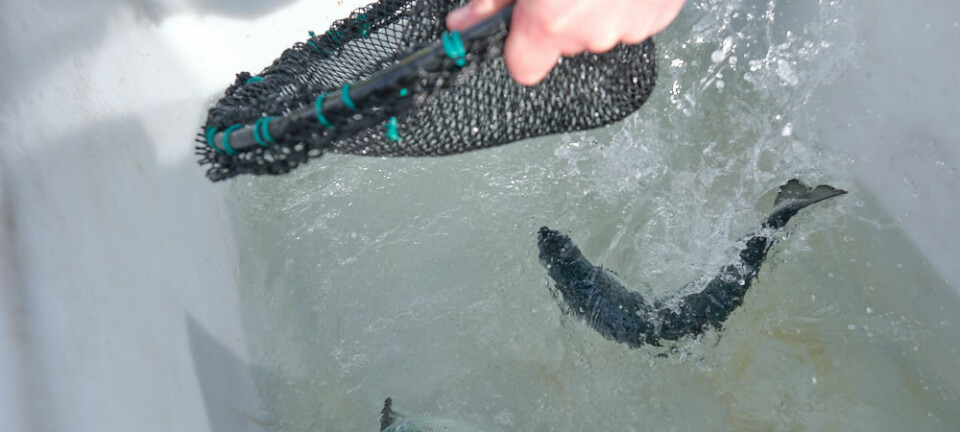
NatureScot withdraws objections to 6,000-tonne Shetland salmon farm
Scottish Government agency NatureScot has withdrawn its objections to a proposed 6,000-tonne salmon farm in Shetland after new information was lodged with the region’s planning authority.
In response to a planning application by Scottish Sea Farms, NatureScot expressed concern that developing the farm next to the island of Fish Holm off the east coast on Mainland would have a significant effect on three bird species: the great northern diver (non-breeding), red-throated diver (breeding), and Slavonian grebe (non-breeding).
Although there has been a fish farm on the site in the past, it has been inactive for more than 10 years, and the area that it lies within has since been designated a Special Protection Area (SPA) because of its use by the birds.
Risk of disturbance
NatureScot said surveys to support the planning application covered only the second half of the red-throated diver’s breeding season, and indicated that the east side of the island is an important foraging area for the birds.
“Red-throated diver use in this area overlaps with [the] west side of the development footprint and therefore there is a risk of disturbance and displacement of birds using this area,” wrote NatureScot.
“Of the three months during which the surveys were undertaken, two of those months (July and August) included the critical chick rearing period (June-August). Monthly peak counts within 1km of the development were highest in July with a mean peak of 13, potentially indicating that this is an important foraging site during the critical chick rearing period.”

However, additions made by SSF to its original Habitats Regulations Appraisal (HRA) has led NatureScot to change its opinion about potential impact on the red-throated divers, which are highly sensitive to disturbance within 500-750 metres during the breeding season.
“Details on the distance in which the mooring extends from the pens (350m) and the feed barge (200m) were not previously provided within the HRA and the survey results were presented based on the location of the mooring extent in relation to red-throated divers found during the surveys, and therefore the assessment was based on the information that was presented at the time,” said NatureScot in a letter to Shetland planners.
“We can agree that the use of a buffer from the pens rather than the mooring extent is acceptable.”
No adverse effect
SSF also provided information to show an overall peak count of eight red-throated divers within 1km of the pens, accounting for just 1.95% of the Special Protection Area population.
“Based on this updated information, we can agree with the conclusion of no adverse effect on site integrity for red-throated diver,” wrote NatureScot, although it also pointed out that the conclusion is reached with the assumption that vessels currently transiting through the proposed fish farm site will relocate to the east side of the fish farm and not between Fish Holm and the fish farm.
A winter survey report included in the extra information provided by SSF said that no Slavonian grebe were found during the surveys. A peak of five great northern diver (disturbance distance of 100-350m) were recorded within 500m of the pens.
“We are satisfied that the winter surveys confirm no adverse effect on site integrity for great northern diver or Slavonian grebe,” said NatureScot.

The Fish Holm site is located in the Yell Sound at the entrance of Swinster Voe in the Setterness area. It currently has permission for eight 100-metre circular pens. SSF is seeking a permit for 12 pens of 160m circumference, which would make it Scotland’s largest salmon farm.
Although maximum biomass would increase from the 1,910 tonnes allowed at the site to 6,000 tonnes, stocking density would be reduced from 20kg to 15kg per cubic metre.
























































